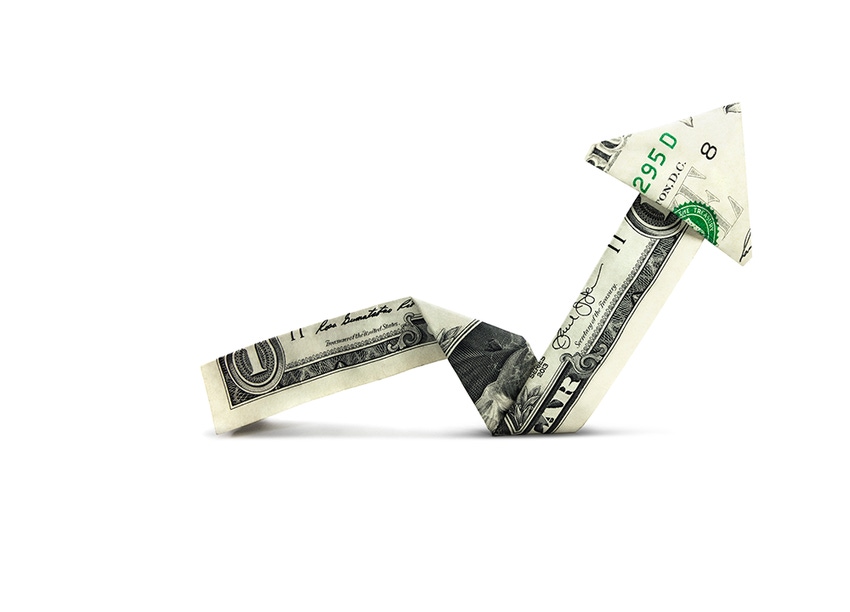Beef Checkoff: “A resounding success”
The numbers are clear. The Beef Checkoff is putting the ball in the bleachers in promoting beef.

When Harry Kaiser set out to determine whether or not the Beef Checkoff is doing what it’s supposed to do, he posed two questions to himself. “The first is to look at what is, if anything, the responsiveness of both domestic and foreign beef demand to the demanded-enhancing activities of the Cattlemen’s Beef Board [CBB]. If it's nothing, then obviously you're not going to have a successful program.”
But, says the professor of applied economics and management at Cornell University, the more important objective is what are the overall benefits of the program to the producers and importers who fund the program and how do those benefits in the form of incremental net revenue compare to the cost of the program? Or more concisely said, what is the return on investment (ROI)?
Drumroll please: The ROI on your checkoff dollar is $11.91-1.
“What that means is if you had an extra dollar to invest in all the CBB activities, that extra dollar would return to the industry almost $12 in incremental net revenue. So clearly a very profitable venture, way more than the cost of the program.”
And the answer to the first objective? “What I found is that, on the domestic side, beef demand was about 14% higher due to the demand-enhancing activities overall that the CBB does. Put differently, had there not been a CBB in existence five years ago, beef demand would have been today about 14% lower than it actually was domestically.”
On the international side, the figure is 5.5%. That is the result of market-enhancing programs carried out by the U.S. Meat Export Federation (USMEF) with national checkoff funds. In addition, USMEF also receives funding from state beef checkoff money and USDA.
“What I modeled was just the CBB contributions, which is in the millions. Had there not been that, international foreign demand would have been about 5.5% lower than it actually was. So clearly a resounding success. It has substantial impact on demand.”
How does that compare with other commodity checkoff programs? Very well, thank you.
Kaiser looked at 44 past studies which show the median benefit-cost ratio of other commodity checkoffs is around 6-1 to 6.5-1. Those studies were from other researchers using different methodologies, “So it's a little bit of apples and oranges, but it's enough that you can tell that beef is very effective program.”
Is the $11.91 figure a solid estimate?
“I do what's called a confidence interval. And I've taken the lower bound, which is the worst case. And the worst case is still like 5 or 6 to 1. So even if the $11.91 is off, the worst it could be is still well above 1.0, which is the breakeven. So that adds statistical credence to my results.”
About the Author(s)
You May Also Like


.png?width=300&auto=webp&quality=80&disable=upscale)
